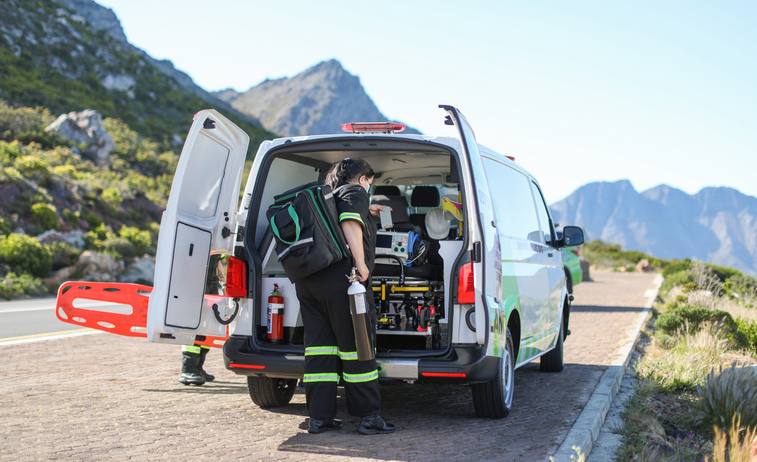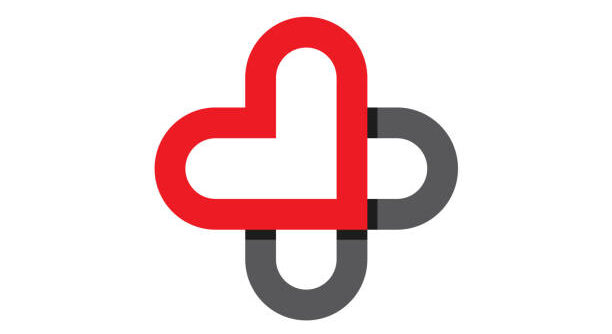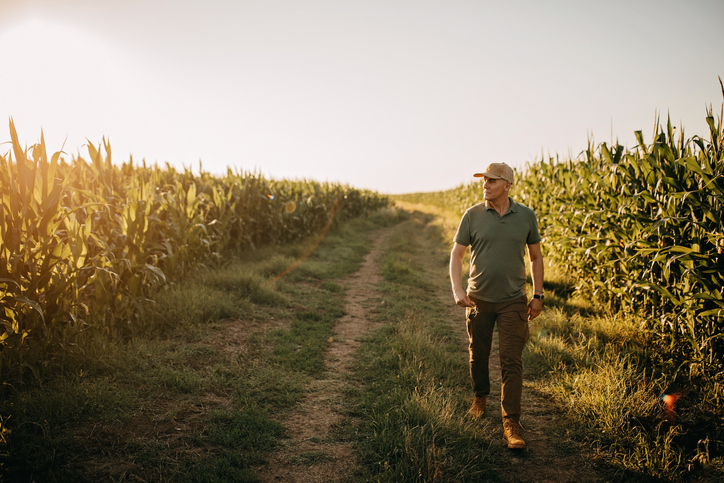
With $50 billion set to flow to states over the next five years, CMS’ new Rural Health Transformation Program represents one of the largest federal investments in rural healthcare in decades. However, experts believe that it will fall short of addressing the ongoing vulnerabilities that keep rural hospitals and clinics in such dire financial circumstances.
CMS’ new fund is part of the One Big Beautiful Bill Act, which was signed into law in July. Last month, the agency announced how the fund will work and invited states to apply.
The program will distribute $50 billion to states between fiscal year 2026 and fiscal year 2030, with $10 billion released each year. That represents roughly a 50% increase in federal spending on rural healthcare, which currently totals about $19 billion per year through Medicaid.
To qualify for funding, states must submit a detailed plan outlining how they intend to use the money to improve rural healthcare. All 50 states have already filed their intent to apply for the funding, with grant applications due by November 5 and funding to be allocated by the end of this year.
Just how dire is the state of rural healthcare? About a third of rural hospitals are currently at risk of closure. Most rural providers struggle with low patient volumes, high fixed costs, heightened workforce shortages and heavy reliance on Medicaid and Medicare reimbursement.
CMS wants to “right-size” the rural healthcare system
CMS Administrator Dr. Mehmet Oz framed the fund as a “grand experiment” during a talk last week at Sanford Health’s Annual Summit on the Future of Rural Health Care. He said it’s time to rethink the rural care model, prioritizing sustainability and quality.
“We want transformative, big ideas that will dramatically change our expectations of the rural healthcare system,” Dr. Oz declared.
CMS’ new fund doesn’t seek to simply pay bills or patch over problems — rather, the program aims to “right-size” and modernize healthcare delivery in rural communities, he explained.
As part of that effort, CMS will reevaluate the number and types of rural hospitals and clinics needed in each region. Dr. Oz also said that the agency will encourage partnerships between large health systems and smaller rural facilities. Larger hospitals could help sustain local providers by offering services like telehealth and specialty care.
Dr. Oz added that the program also aims to strengthen the rural workforce through funding for regional training programs for nurses and physicians, as well as by potentially expanding the role of existing providers. For example, pharmacists could play a greater role in addressing routine issues — such as prescribing medication refills or diagnosing strep throat via telehealth consultations — to improve patients’ access and reduce their unnecessary travel.
Political fix or structural solution?
Even though Dr. Oz is adamant that CMS’ new fund isn’t designed to just apply quick fixes, one healthcare expert said the project risks repeating the same dependency issues created by temporary Affordable Care Act subsidies.
Michael Abrams, managing partner of Numerof & Associates, warned that while this new funding can help hospitals and states launch important initiatives, many of those programs could completely fall apart after this five-year fund runs out.
“An awful lot of people in healthcare are not business people, so they don’t understand something as straightforward as this: If you build a program that constantly spends more than it makes, and it only gets by because of a special event like this bailout fund, when the bailout fund stops, the program either finds another source or it collapses,” Abrams declared.
He called CMS’ fund as a “band-aid solution” driven more by political compromise than by a genuine effort to solve rural healthcare’s structural problems.
Abrams noted that the fund was introduced into the One Big Beautiful Bill Act as a gesture for hospitals and rural lawmakers in light of the Trump administration’s budget plan — which includes more than $911 billion in Medicaid cuts that disproportionately hurt rural communities.
“If this bailout fund weren’t needed to get the One Big Beautiful Bill [Act] through Congress, this wouldn’t have happened — nobody would give any thought to the precarious status of rural health care at all. I think that’s the shame of it all — 60 million Americans, 20% of our population, live in areas that are designated as rural,” he remarked.
Abrams said these Americans “have a right to expect” that the federal government would take a more thought-out approach to ensuring they have access to an emergency department without traveling 30 to 50 miles.
He thinks a more sustainable solution would require lawmakers to confront the underlying economics of healthcare in rural America. This would involve aligning reimbursement with the true cost of care, as well as incentivizing operational efficiency rather than perpetuating dependence on temporary federal aid.
The fund helps — but not enough
Like Abrams, rural hospitals have also raised concerns that CMS’ program, while significant, cannot by itself stabilize rural providers’ finances, especially in the wake of devastating Medicaid cuts.
“Without continued policies that guarantee sustainable reimbursement, rural hospitals and clinics will remain at risk. This program is an important step forward, but it must be paired with durable reforms that ensure rural Americans have reliable access to care for years to come,” the National Rural Health Association (NRHA) said in a statement released the day the fund was announced.
In an interview this week, NRHA CEO Alan Morgan emphasized that CMS’ rural health fund and the Trump administration’s Medicaid cuts should be discussed separately.
He thinks the fund shouldn’t be dismissed or overlooked simply because it is much smaller than the Trump administration’s Medicaid cuts.
“Obviously the Medicaid cuts have to be repealed going forward. That just has to happen. I think both sides acknowledge that the cuts just are not sustainable for the rural healthcare system. That receives so much of the attention that this transformation fund hasn’t received adequate discussion,” Morgan stated.
Learning what works
In Morgan’s eyes, there are two ways the CMS’ program could play out over the next five years.
In the best case, states will use the funds to build rural health networks — which consist of hospitals and clinics collaborating to improve rural providers’ workforce development, data sharing and AI integration, Morgan explained. In the worst case, funds could be diverted to large urban providers, leaving rural areas without support.
Morgan stressed the importance of ensuring that funding reaches rural communities directly.
Even though the states will technically be the ones submitting the grant applications to CMS, states typically rely on input and proposals from the hospitals and health systems within their borders. Larger, well-resourced health systems — that may have their headquarters in urban areas but also have a presence in some rural communities — can typically write stronger, more polished grant proposals than small rural hospitals or clinics.
Independent rural providers usually have limited administrative capacity and might struggle to fully leverage the application, Morgan noted.
The deadline for state applications, quickly approaching on November 5, is also a major challenge, he added.
“It’s an incredibly tight application deadline, and now you throw on top of that the federal government is shut down. That raises issues and concerns about how states are able to obtain the answers they need from the federal government about details on this application,” Morgan explained.
For him, the success of the program hinges on whether the funds will truly reach the rural providers that need them most.
Overall, Morgan does not view the rural health fund as a band-aid solution. Instead, he sees it as a temporary, innovation-focused program that aims to test various approaches over the next five years.
“You’re going to have a lot of innovation hubs. Honestly, each one of these states is going to be trying new approaches to sustainability and innovation,” Morgan remarked. “Let’s learn from these next five years and then replicate what works.”
Innovators should focus on initiatives such as rural residency programs, better workforce pipelines, faster technology integration and the introduction of more alternative payment models, he said.
He cautioned against over-reliance on technology, saying that it can be useful but is not a complete solution to rural providers’ woes — and noted that payment reforms will always be the most important piece of ensuring the long-term sustainability of rural hospitals.
The program is far from a silver bullet, and rural providers will still face challenges once the five-year funding window closes, but Morgan said it has the potential to set a blueprint for making rural healthcare more resilient.
Photo: Petri Oeschger, Getty Images






